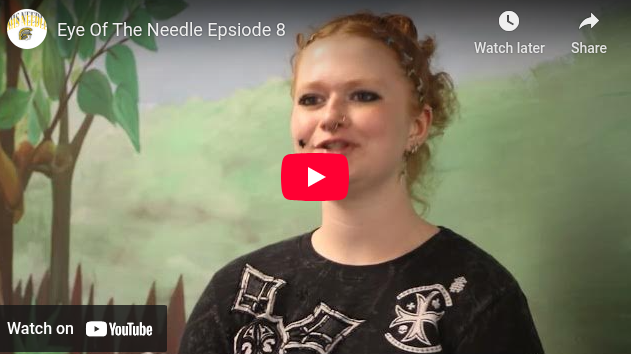Hollowing Out “Hollow Knight”
The rich world of “Hollow Knight” includes several free DLCs that further the adventure. More bosses, realms, and features to take on are included in these add-ons.
December 2, 2019
“Hollow Knight” is an icon in the developing metroidvania subgenre. Created by Team Cherry and released on PC on Feb. 24, 2017, they raised $57,138 AU of their $35,000 goal on Kickstarter. The extra money was put into incorporating more areas and bosses into the game. The developers, consisting of only four people, were determined to create a game that was large on exploration and secret discovery. Some players may go through the game without encountering half of the bosses or acquiring a majority of items.
Players are thrown into the world of Hallownest without any knowledge of what to do or where to go. The game teaches you various mechanics of how it works in a sense of “show, don’t tell” which allows players to feel as though they’re independent and grants them the ability to discover things on their own. The starting area itself helps drill into player’s minds that hitting things with their nail (the weapon used by the characters) is a good way to get a reaction. They do this by setting up several breakable walls before you reach the fading town of Dirtmouth, showing you that your nail is used for more than just destroying enemies without telling you much at all.
My favorite part about “Hollow Knight” is its determination to allow the player to explore the world on their own and at their pace. This is especially true after acquiring the Mantis Claw, which allows you to jump off walls, unlocking a larger variety of the map and leaving you with many new places to explore. Some people may choose to go to the stellar Crystal Peaks, while others decide to challenge the Mantis Lords for early access to the dreaded Deepnest.
I don’t find there to be many issues with the game at all. It’s up to the player to decide where to go, what to discover, which bosses to face, and what items to obtain. There are several free DLCs along with the game, which add immersive extra bosses, quests, and areas. The $14.99 price tag is cheap for a game of this caliber (especially compared to “Diablo III: Eternal Collection” which had a $60.00 price tag and wasn’t nearly as fulfilling) and it often goes on sale for even less. There’s multiple endings and many achievements to unlock, as the game has also been successfully ported to the Nintendo Switch. This allows for replay-ability, though players may find themselves 50 hours in and still nowhere close to the 112 percent completion goal brought down by the Godmaster DLC.
All together, “Hollow Knight” has definitely made its mark in the gaming world. Inspired by Metroid and Castevania–thus metroidvania–this game stands out among other failed attempts at the genre. Some similar games that have attempted to tackle the same idea include “Ori and the Blind Forest,” “Axiom Verge,” “Guacamelee,” and more. “Hollow Knight” is also going to see a sequel releasing soon. “Silksong,” originally intended to just be another DLC, will feature one of the more mysterious characters in Hallownest, called Hornet, and her journey through what seems to be an entirely new realm.









